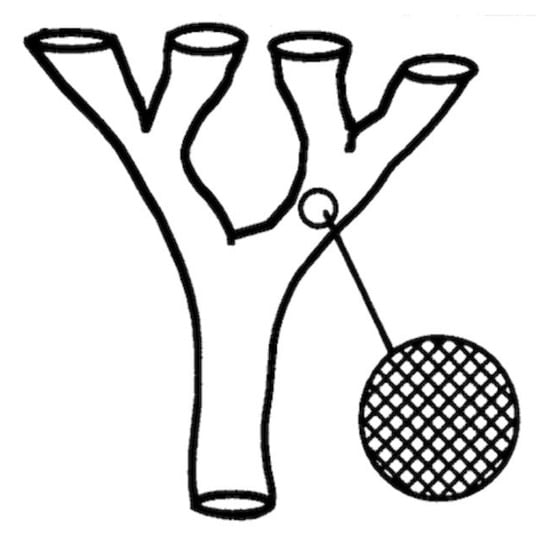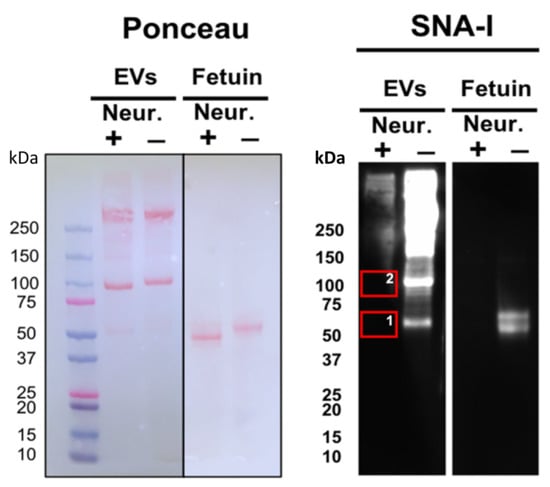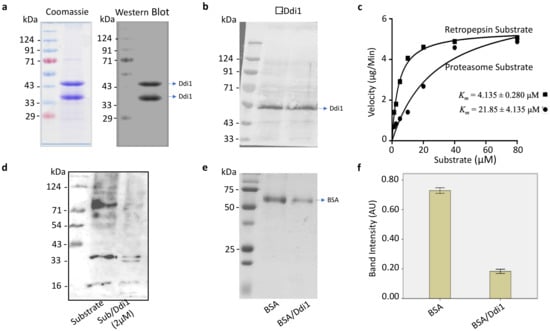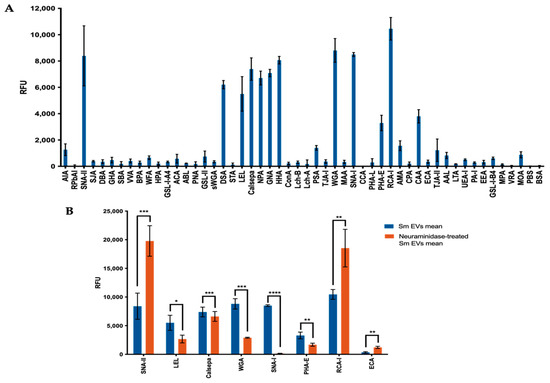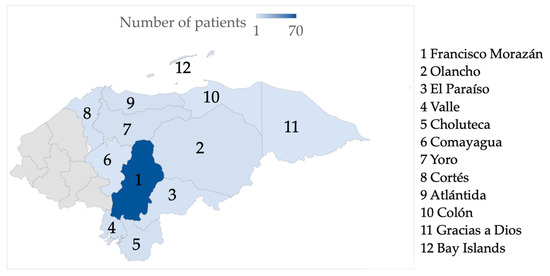Feature Papers on Parasitic Pathogens (Closed)
A topical collection in Pathogens (ISSN 2076-0817). This collection belongs to the section "Parasitic Pathogens".
Viewed by 43672Editor
Interests: cellular parasitology; Apicomplexa; Toxoplasma; autophagy; metabolism; cell biology
Special Issues, Collections and Topics in MDPI journals
Topical Collection Information
Dear Colleagues,
Parasitic diseases are caused by numerous and diverse infectious organisms, ranging from protozoa to helminths. Many of these pathogens have complex life cycles and require transmission by vectors, or they may involve intermediate hosts. If only some of these parasites can be acutely lethal, many result in chronic infections that often cause severe morbidity, and thus they represent major global burdens on both human and animal health. Current research efforts are thus driven by the need to discover and develop novel antiparasitic drugs, but also by sheer curiosity, with the aim of unravelling the most original biological features of these fascinating pathogens.
This topical collection welcomes contributions that include original research and review papers, covering all aspects of parasitology and host–parasite relationships in the context of the biological, medical, and veterinary sciences. This includes the latest findings in biochemical, molecular, and cellular parasitology, but also the immunology, genetics and epidemiology of parasitic diseases. However, it should be noted that case reports will only be considered if they bring considerable novelty to the field.
Dr. Sébastien Besteiro
Collection Editor
Manuscript Submission Information
Manuscripts should be submitted online at www.mdpi.com by registering and logging in to this website. Once you are registered, click here to go to the submission form. Manuscripts can be submitted until the deadline. All submissions that pass pre-check are peer-reviewed. Accepted papers will be published continuously in the journal (as soon as accepted) and will be listed together on the collection website. Research articles, review articles as well as short communications are invited. For planned papers, a title and short abstract (about 100 words) can be sent to the Editorial Office for announcement on this website.
Submitted manuscripts should not have been published previously, nor be under consideration for publication elsewhere (except conference proceedings papers). All manuscripts are thoroughly refereed through a single-blind peer-review process. A guide for authors and other relevant information for submission of manuscripts is available on the Instructions for Authors page. Pathogens is an international peer-reviewed open access monthly journal published by MDPI.
Please visit the Instructions for Authors page before submitting a manuscript. The Article Processing Charge (APC) for publication in this open access journal is 2200 CHF (Swiss Francs). Submitted papers should be well formatted and use good English. Authors may use MDPI's English editing service prior to publication or during author revisions.






